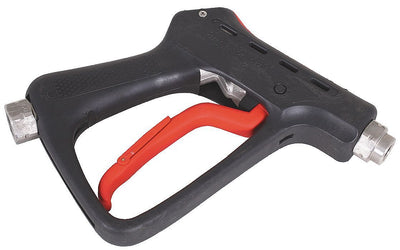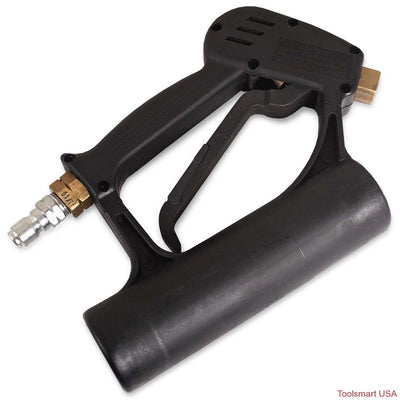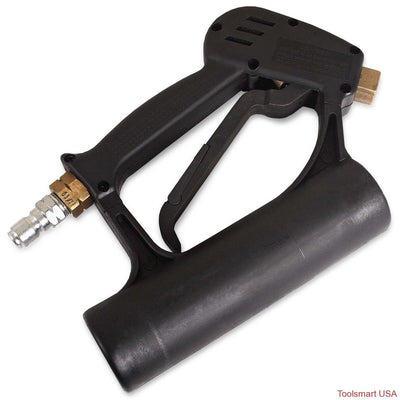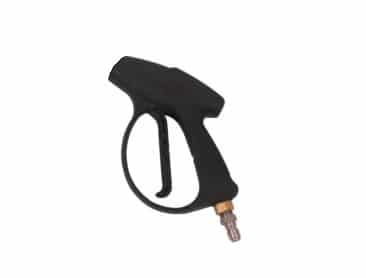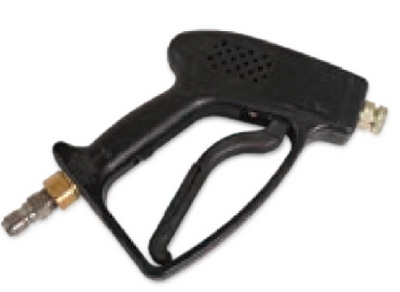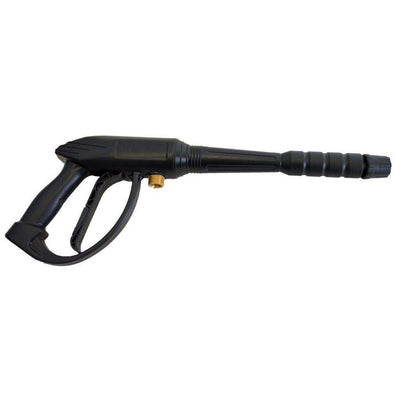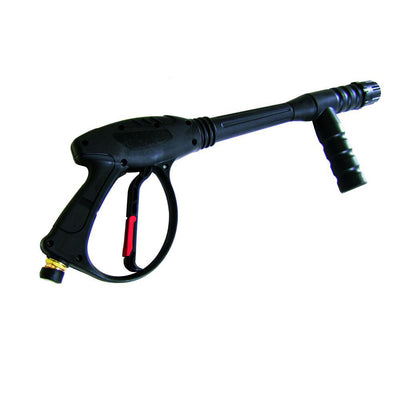Spraying Gel Coat A Complete Guide
Spraying Gel coat can be challenging. Gel coat is typically a thicker material and is catalyzed so that it will harden. Due to the catalyst and thicker nature of gel coat spraying it requires specific considerations. This guide will cover tips on spraying gel coat, equipment suggestions, ways you can spray gel coat, and more.
Options of how you Can Spray Gel Coat
Pressure Pot and Air Spray Gun
While there are a variety of ways to spray gel coat a few particular methods are most common. You can spray gel coat that has been pre mixed from a pressure pot, this is called hot potting and can be a good option for spraying smaller batches of gel coat. In this method, you mix catalyst into the polyester component to initiate the curing of the polyester. Once the two components are mixed you will have a limited time to spray the material before it becomes to hard to spray. The main challenges with this method are the time limitations and you may have issues where as the material hardens it will not spray out as well. Spraying Gel Coat with a Pressure Pot System is therefore typically limited to touch up work, repair work, and small shops. It is generally not a good option for high production fiberglass work. If you want to spray gel coat with a pressure pot and spray gun. Typically you will use a fairly large fluid nozzle (above 1.8). One potential option would be a 2100 gun pressure pot outfit which for $954 dollars would give you a complete pressure pot, spray gun, and hose outfit to spray gel coat.
An additional way to use a Pressure Pot and Air Spray Gun is to use a spray gun that holds a small amount of catalyst. For example, the Binks 2100 GW spray Gun allows the polyester resin to be fed to the spray gun from a pressure pot and the catalyst is injected into the resin externally. External mixing of the resin can provide better atomization but may not mix the resin as thoroughly. This unit allows for a bit faster production as you are not limited by the pot life since your mixing the catalyst at the nozzle. The main challenge is that there is not as fine control of catalyst compared to other options for spraying catalyst.
Fiberglass Reinforced Plastic Outfits (FRP Outfit)
For higher production needs you could consider an FRP system for spraying your catalyst. These systems are well suited for high production needs for spraying gel coat and can even incorporate choppers which allows for laying portions of fiberglass to reinforce the polyester after you have laid down the first layer of gel coat. These systems use hvlp, conventional, or air assist airless spray guns with independent pumps to feed your spray gun the catalyst and the resin. The two components are then mixed either internally or after the gun. External mixing provides finer finishes but can produce slightly more overspray (though it is the more common option that is used) internal mix guns mix the resin and catalyst internally. FRP outfits allow for higher production spraying of fiberglass including optional abilities like the ability to chop fiberglass roving and simultaneously spray the catalyzed resin with it allowing you to lay down the reinforcing fiberglass rapidly. They are a high cost systems and are usually best suited for high production gel coat spraying applications.
Setting Equipment for Spraying Gel Coat
Once you have selected equipment you will want to ensure your settings are correct for spraying gel coat. You always want to ensure you mix the proper amount of catalyst because failure to do so can result in to rapid of a cure of the polyester resin or to slow (and incomplete) curing. The mixture of catalyst to resin while spraying will depend on if your hot potting or using a system that has independent controls for resin and catalyst. Once you know you have properly set your resin and catalyst rates based on the equipment you are using you will want to adjust your atomization air. Your goal is to have a finish that doesn’t appear to chunky if it is chunky you need to increase air pressure or decrease fluid pressure or both.
Important Steps in Spraying Gel Coat
Once you have your equipment set you can spray the gel coat. Typically you will spray gel coat in a few layers with each layer being about 5 – 8 Mils wet with a total mill build goal of about 18 mils. You only want to work on a single mold at a time so overspray doesn’t collect on a mold nearby. Gel coat is sensitive to temperature so when spraying gel coat you may have to alter the catalyst ratio slightly to ensure proper curing (adding catalyst helps cure if its cold like below 70 degrees and reducing catalyst slows cure in excess heat). Before spraying the gel coat you want to make sure your mold has been cleaned, is free from any defects, and apply a proper mold release agent. Always make sure you atomize gel coat well because if you don’t air will get trapped in the gel coat which can cause blistering. Additionally, you will want all water vapor to be removed from your compressed air supply so that moisture is not introduced into your gel coat while spraying.
Ultimately your gel coat is what gives you a beautiful appearance to your fiberglass reinforced plastic product. By properly preparing the mold, knowing the proper equipment choices, and ensuring you consider the proper settings and technique with your spray equipment, you can achieve great results while spraying gel coat. If you need further help discussing how to spray Gel Coat you can contact us here.


